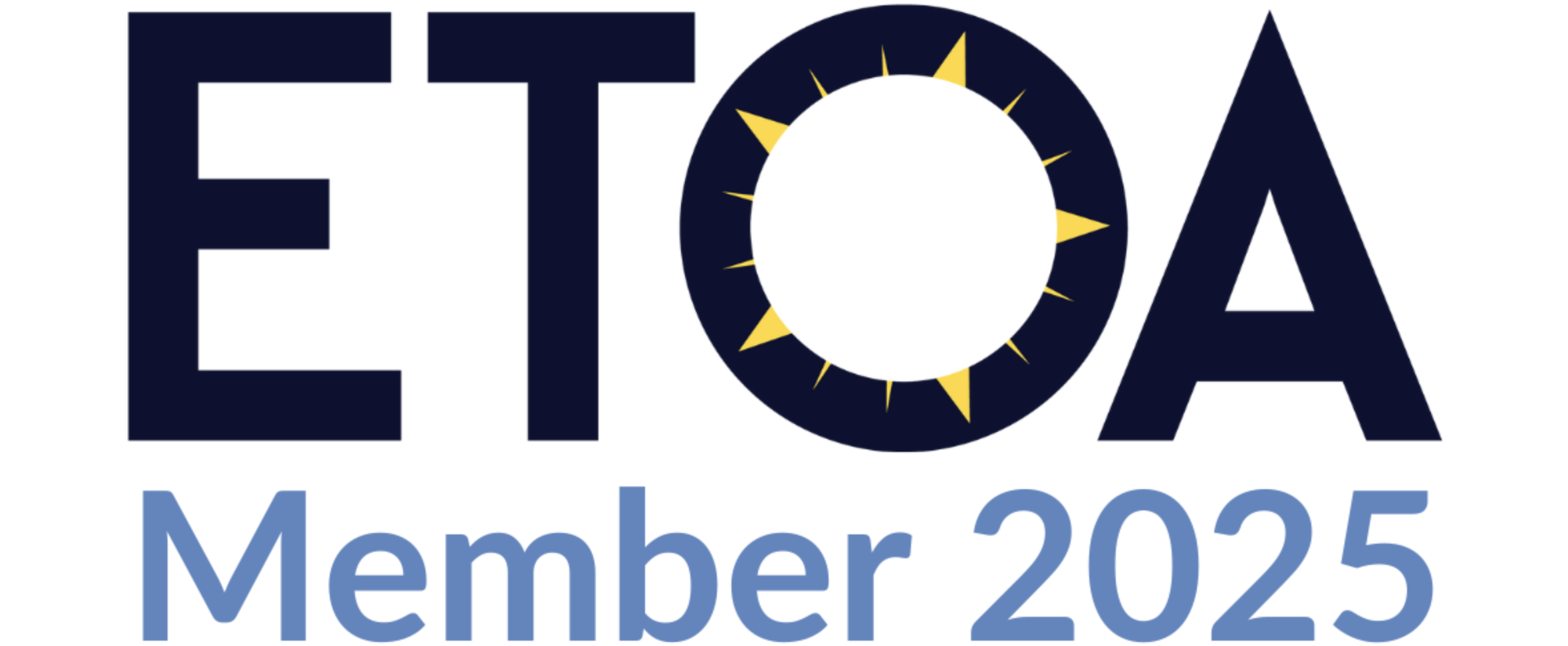Neuschwanstein Castle, Bavarian Alps
At the end of 2022 all US citizens and as many as 60 other nationalities will need to apply for an ETIAS Visa Waiver before traveling to Europe.
What is it?
The new travel authorization for Europe is called an ETIAS (European Travel Information and Authorization System) Visa Waiver. If you are a US citizen and you intend on visiting a country within the Schengen Area (Europe) for pleasure or business, then you need this authorization.
I think I missed a day of class. What is the “Schengen Area?”
The Schengen Area is a travel zone in Europe. It’s a region consisting of 26 European states that functions as a single jurisdiction for international travel purposes. All 26 countries share the same visa/travel policy. Switzerland, France, Austria, Germany and Italy, for example, are members of the Schengen Area. Having one recognized zone allows for unrestricted travel between countries. In short, the Schengen Area is what allows a person to land in Paris, for example, and then travel to Rome without having to show a passport while crossing borders.
Note: EU countries, Bulgaria, Romania, Croatia, Cyprus, and Ireland are not part of the Schengen Area, and have their own regulations regarding travel authorizations.
Please contact us for a full list of Schengen Area countries.
Who will need the ETIAS?
Anyone living outside of the Schengen Area. This means that EVERY US citizen planning to visit Europe, including children, will need an ETIAS.
Is it a Visa?
No. It’s called a Visa Waiver for Europe. It’s basically pre-screening process. If you don’t pass the pre-screen, then you’ll be denied entry to Europe.
When does it go into effect?
At the end of the year 2022.
How long is it valid?
The ETIAS is valid for three years or until the end of validity of the document the ETIAS was registered under, whichever comes first. For example, if your passport expires within a year, then your ETIAS will also expire in a year. Otherwise, once you have your ETIAS you can travel to Europe as much as you like during its period of validity (a max of three years). Bear in mind, however, the ETIAS is designed for short-term stays up to 90 days within the validity period. People who wish to live, study or travel in Europe for more than 90 consecutive days will need to apply for a visa.
How much does it cost?
The particulars are still being worked out, but the anticipated cost for the ETIAS is 7 Euro for each application. Persons under 18 will not have to pay any fees. Therefore, two adults over 18 years of age would pay 14 Euro (about $16 US at today’s exchange rate).
Am I being discriminated against?
Not at all! The ETIAS is designed for ALL countries that have been able to enter the Schengen Area without a visa. Currently there are 60 countries that will need to apply for the ETIAS. Please contact us for a full list.
What do I need to register?
You’ll need a valid passport, a credit or debit card to pay the fee, and an email account. The whole process should take about 20 minutes. You’ll be asked to enter your passport info and answer a few security questions.
The process is complete when the travel authorization for Europe has been paid. Confirmation for the ETIAS visa waiver will arrive by email. You can travel to Europe once you have your ETIAS visa waiver in hand!
Note: Your passport must be valid for 3 months beyond the period of intended stay of each person.
Please check back for updates as the ETIAS launch approaches.
Are you thinking about traveling to Europe? We can help.
Note: The original version of this post listed January 1, 2021 as the start date for the ETIAS Visa Waiver. The start date has since been postponed and this blog post updated accordingly. Please check back often or contact us for the most up-to-date information.




